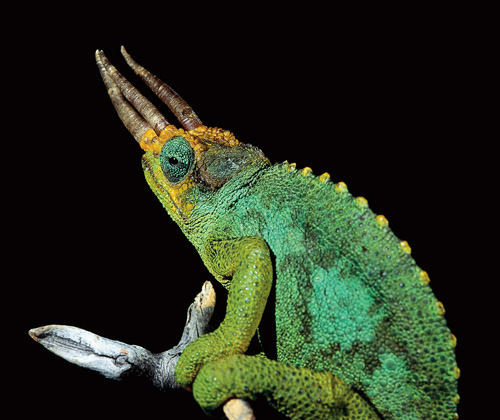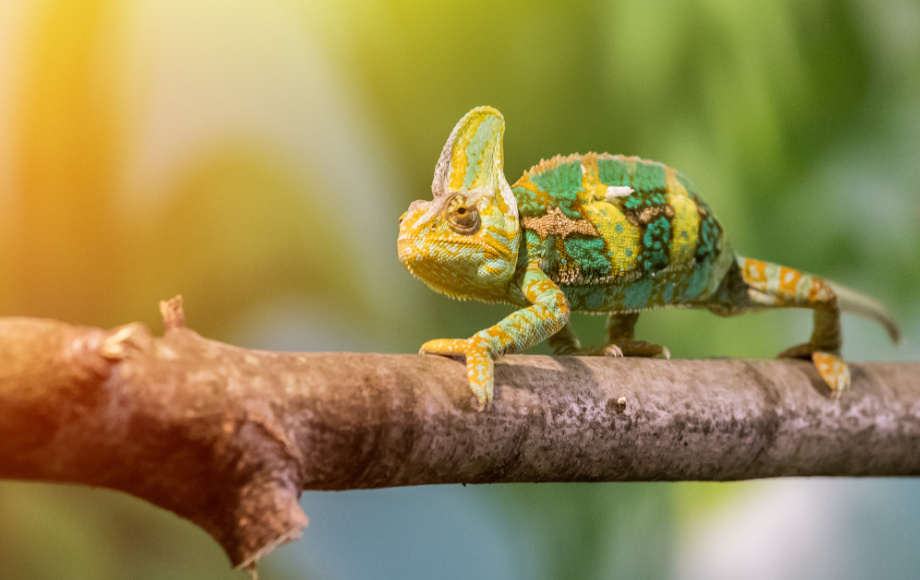
Sexual Maturity of Panther Chameleons
Generally, sexual maturity in chameleons is determined by weight rather than age. A quickly grown chameleon female might be much earlier receptive than a slowly growing sibling. So there is no “optimum age” for the first mating. But we advise mating only females that have reached the average adult size of their species. Too early mated, too small females tend to get problems when it is time to lay eggs and face shortened life expectancy. Only choose chameleons for a mating that seem to be healthy. And when you like to keep your chameleons for years, also ensure to mate
read more
The Chameleon Academy Supplementation Routine
‘geophagia’ (animals eating sand/soil/mud/rocks) is common in the animal kingdom. The main reason in the reptile world, would be due to supplementation shortfalls. Your chameleon would be most likely trying to gain nutritional content they feel they are lacking; calcium, magnesium etc so therefore a review of your current supplementation routine would be needed. But of course, if your chameleon is eating sand and/or soil by the mouthful i’d definitely say there are more pressing concerns, and a herp vet is needed as soon as possible. Every chameleon is unique. Factors like age, gender, health condition, and even species
read more
How Do Chameleons Change Colour?
Chameleons change colour by dispersing or concentrating pigment granules (melanophore cells) in the cells that contain them. In general, the animal appears lighter-coloured when pigment is concentrated and dark when pigment is dispersed throughout the cells. The chameleon's colour state at any given time is controlled by a complex interaction of hormones , temperature , and the animal’s autonomic nervous system. Colour change is determined by such environmental factors as light and temperature as well as by emotions —such as fright and the emotions associated with victory or defeat in battle with another chameleon. Many chameleons can assume a green, yellow, cream,
read more
Supplements: Calcium and vitamins
In the wild, chameleons get the vitamins they need from the insects they eat. However, captive chameleons may not be getting enough vitamins in their diet. Vitamin a is important for chameleons, and can be found in dark leafy greens and orange vegetables. Vitamin d3 is also important, and can be found in calcium-rich foods or supplements. Symptoms: swollen legs, rubbery jaw, exposed gums, curved spine, uncoordinated movements. Prevention: offer adequate amounts of uvb lighting, gut-load, and dust insects with calcium. Treatment: mild cases may be reversed with extra calcium supplements, severe cases require veterinary intervention with injectable vitamins.
read more